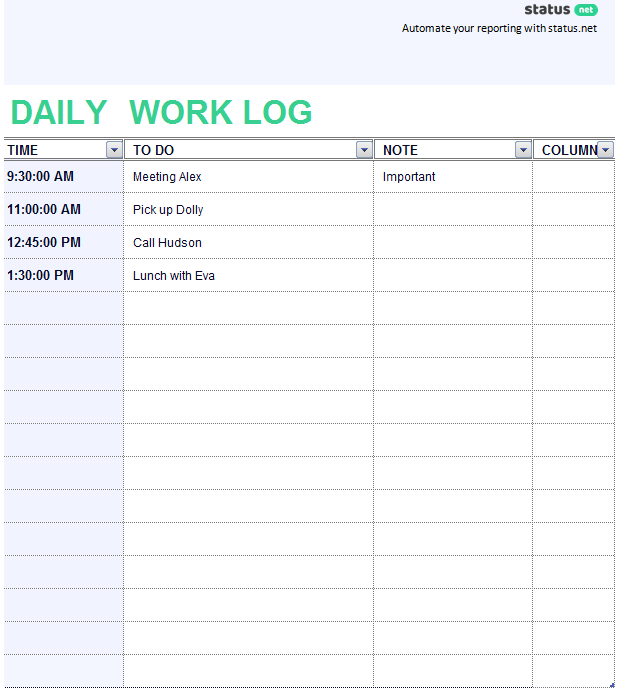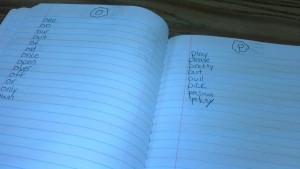

(In general, you should scale images to the size they will occupy in the finished two-column PDF output.) Images that occupy a single column should be sized to fit within the column - 3 inches (7.62 cm) wide is a reasonable value. Figure captions go below the figure, and captions are required elements. The "Image" style should be applied to the figure, and the "FigureCaption" style to its caption. Switching to "Print Mode" will reveal the figure. When working in "draft" mode, figures are not visible - there will be a blank space where the figure occurs.

Figures and Tablesįigures and tables are "float elements" which should be inserted in the Word document after their first occurrence. The algorithm itself follows, and all of its lines are styled with the "Algorithm" tag. When an algorithm is included in an article, the declaration of the algorithm starts the algorithm, and is styled with the "AlgorithmCaption" tag. When equations occur in the middle of a paragraph of text, please use the "ParaContinue" style on the part of the paragraph that occurs after the equation. Use the "DisplayFormula" (for equations with an equation number) or "DisplayFormulaUnnum" (for equations with no equation number) styles as appropriate. MathĮquations can be added with the built-in Equation Editor or a third-party application such as MathType.

In this case, the remainder of the current paragraph is styled with the "ParaContinue" tag so that no indentation of the text occurs. The exception to this is when an equation, table, or other element is placed within the paragraph. Paragraphs must be styled with the "Para" tag. A top-level section would be styled with the "Head1" tag, a subsection would use the "Head2" style, and so on. There are four different sectioning levels available to authors, with the "Head1" through "Head4" styles. Style the abstract with the "Abstract" tag. Your article should begin with a short - one or two paragraphs - abstract in English, providing an overview of the work to be presented. The Keywords section is a comma-separated list of keywords, each styled with the "Keyword" tag. Users may augment the ACM taxonomy with user-defined keywords. It is important to perform both parts of this task - inserting the formatted list into the body of your Word document and applying the appropriate style, AND inserting the XML representation of your selected CCS concepts into the metadata of your Word document.
#Word work journal full
(This is true of references as well authors' full names are easier to clearly identify for citation linking.) Knuth" - should be used, without abbreviation - "D. When preparing the author list for an article, please keep the following in mind:Īuthors' full names - "Donald E.


 0 kommentar(er)
0 kommentar(er)
